Groundwater age is defined as the time between recharge at the water table to the time when groundwater was sampled. Groundwater age estimates are based on concentrations of environmental tracers (i.e., tracers derived from the atmosphere, as opposed to artificial tracers) in groundwater. Because no tracer is perfect, these age estimates are typically referred to as "apparent" ages.
Groundwater transit time is the time between recharge and discharge from the aquifer. So groundwater transit time is equal to groundwater age at the point of exit from the aquifer, such as the point of discharge from an irrigation well, or discharge to a stream. Groundwater transit times are strongly linked to the ratio of groundwater recharge rate and groundwater storage capacity (commonly represented as saturated thickness times porosity).
Rapidly recharged groundwater is less likely to be depleted over time though it can be more vulnerable to surface activities leading to nitrate or pesticide contamination. Because water quality is a concern over the entire state, many groundwater age studies in Nebraska have utilized dating methods that focus on groundwater <70 years old. However, groundwater with apparent age of >45,000 years has been observed. The range of groundwater ages, and links to each groundwater age study, can be viewed by clicking on the location symbols in the map above. Note that some locations are generalized (samples may have been collected over a range of locations), and some studies are represented by multiple symbols because samples were collected at locations that were relatively far apart.
It is helpful to remember that total transit time is equal to groundwater transit time plus the time it takes water to move through the unsaturated zone above the water table. Where unsaturated zones are greater than a few meters, the unsaturated zone transit time may be a significant portion of total transit time.
Map revised 2/4/2019
Research & Applications
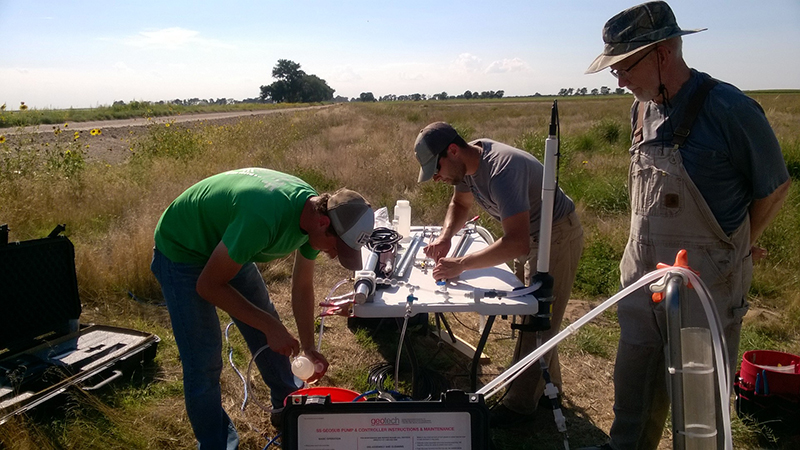
Groundwater Nitrate: Lag times and variability
Have you ever wondered why groundwater nitrate concentrations vary in aquifers? One reason is that there are substantial lag times between groundwater quality changes and the human activities that cause them. These lags can cause distinct patterns of groundwater age and quality in aquifers. This module introduces the concept of groundwater age and how age information can be used to understand groundwater variables, including nitrate and recharge.
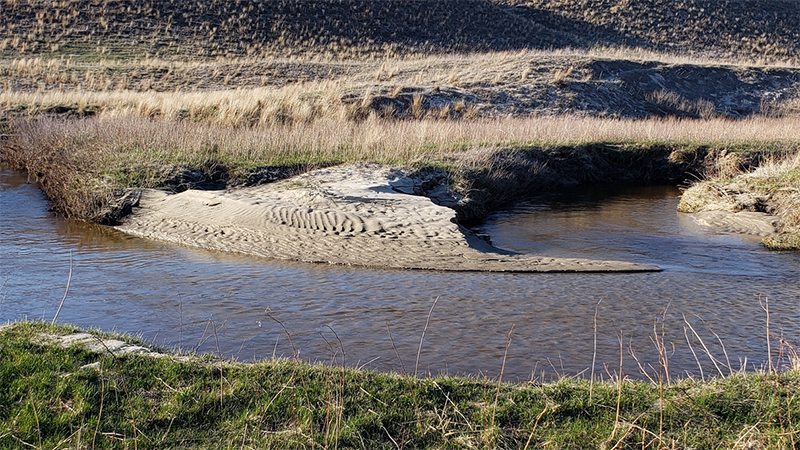
Groundwater and Sandhills Streams
How groundwater feeds the unique and steady streams in the Nebraska Sandhills. Whether you consider them beautiful, breathtaking, monotonous or mundane, the Nebraska Sandhills can make a person feel small. The Nebraska Sandhills (or Sand Hills) are the largest intact temperate grassland in the world and the largest vegetated dune field in the western hemisphere. The Sandhills are located over a large part of the High Plains Aquifer, a critical resource for humans, natural ecosystems, and a variety of industries including ranching and agriculture.
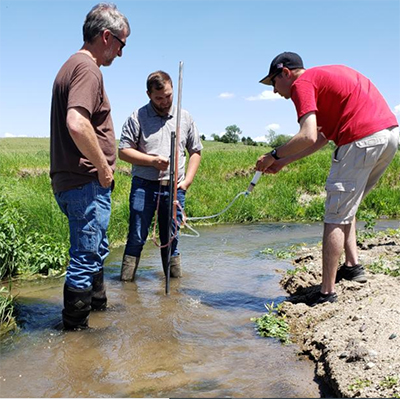
Bazile Creek and Groundwater Nitrate
An NDEE- and UENRD-funded project focused on nitrate dynamics and groundwater age in the Bazile Creek watershed. Bazile Creek is a groundwater-fed stream. About 50% of the annual flow in the creek comes from groundwater seeping out of the connected aquifer. Working in Bazile Creek helps to understand surface water nitrate dynamics, but we can also use the creek as a portal, or a way of peering into the invisible groundwater system below.
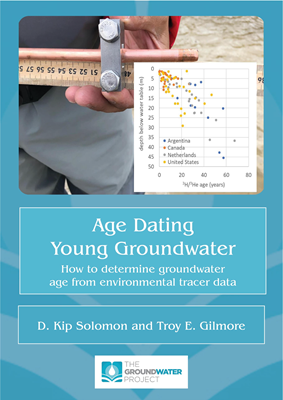
Age Dating Young Groundwater
How to Determine Groundwater Age from Environmental Tracer Data
This book provides an overview of common tracer methods that can be used to estimate the age of young groundwater that recharged less than about 60 years ago.
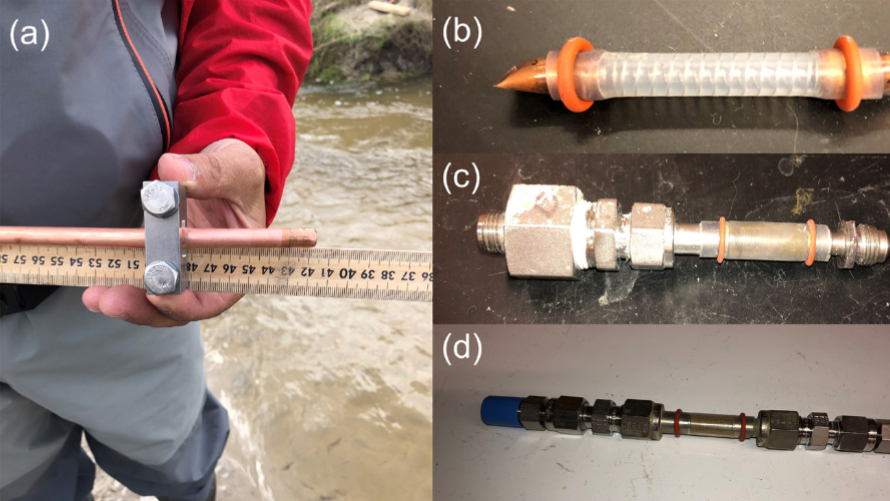
The 3H/3He Groundwater Age-Dating Method and Applications
This review is focused on the tritium-helium (3H/3He) method, which is a robust and widely applied age-dating technique for young groundwater. We present the development of the 3H/3He method and practical considerations for sampling groundwater in shallow unconfined aquifers.
Contacts
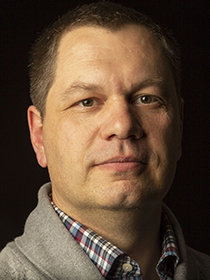
Additional Contributers
- Mason Johnson

This data is collected, administered, and provided by the Conservation and Survey Division.